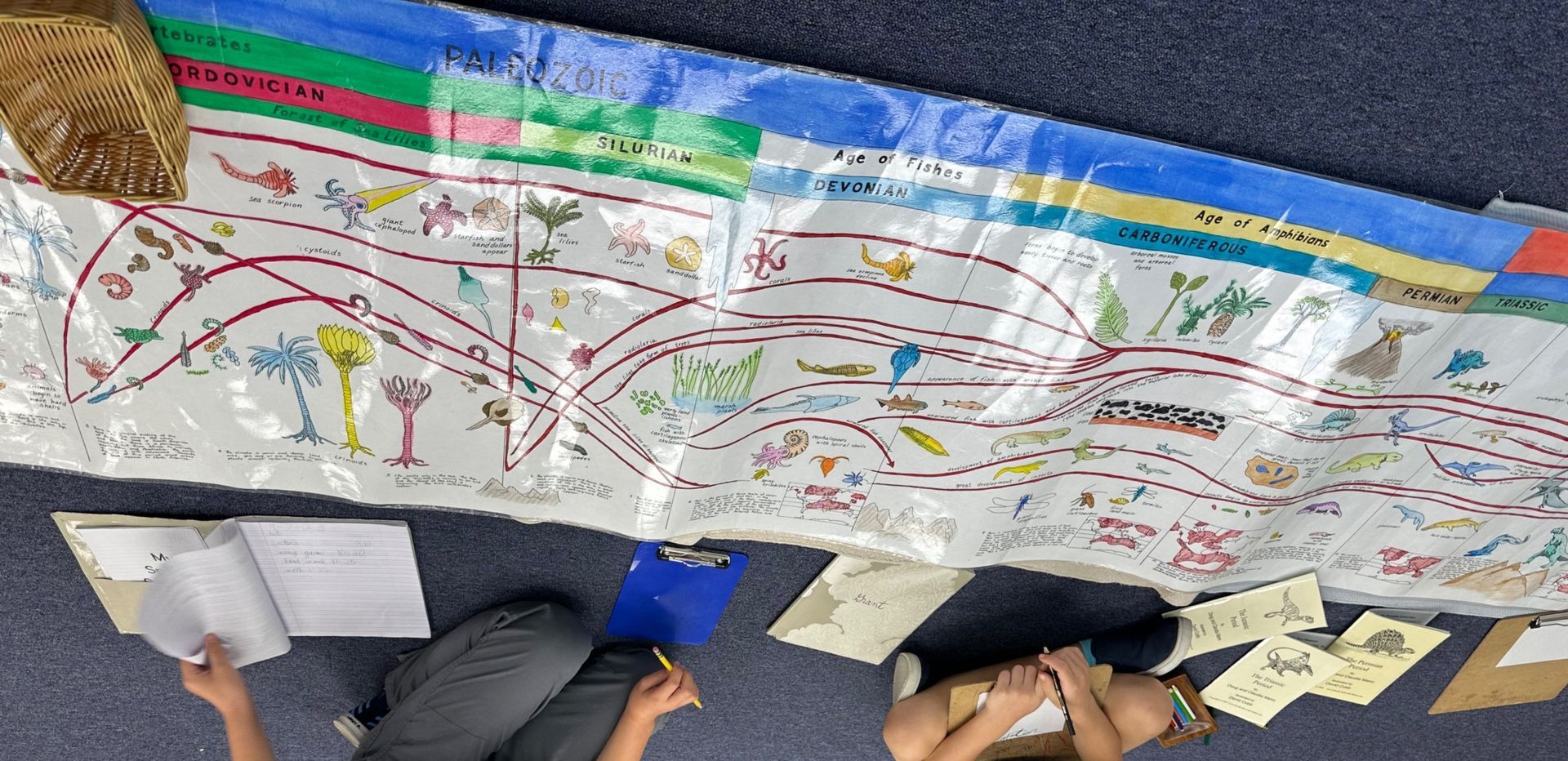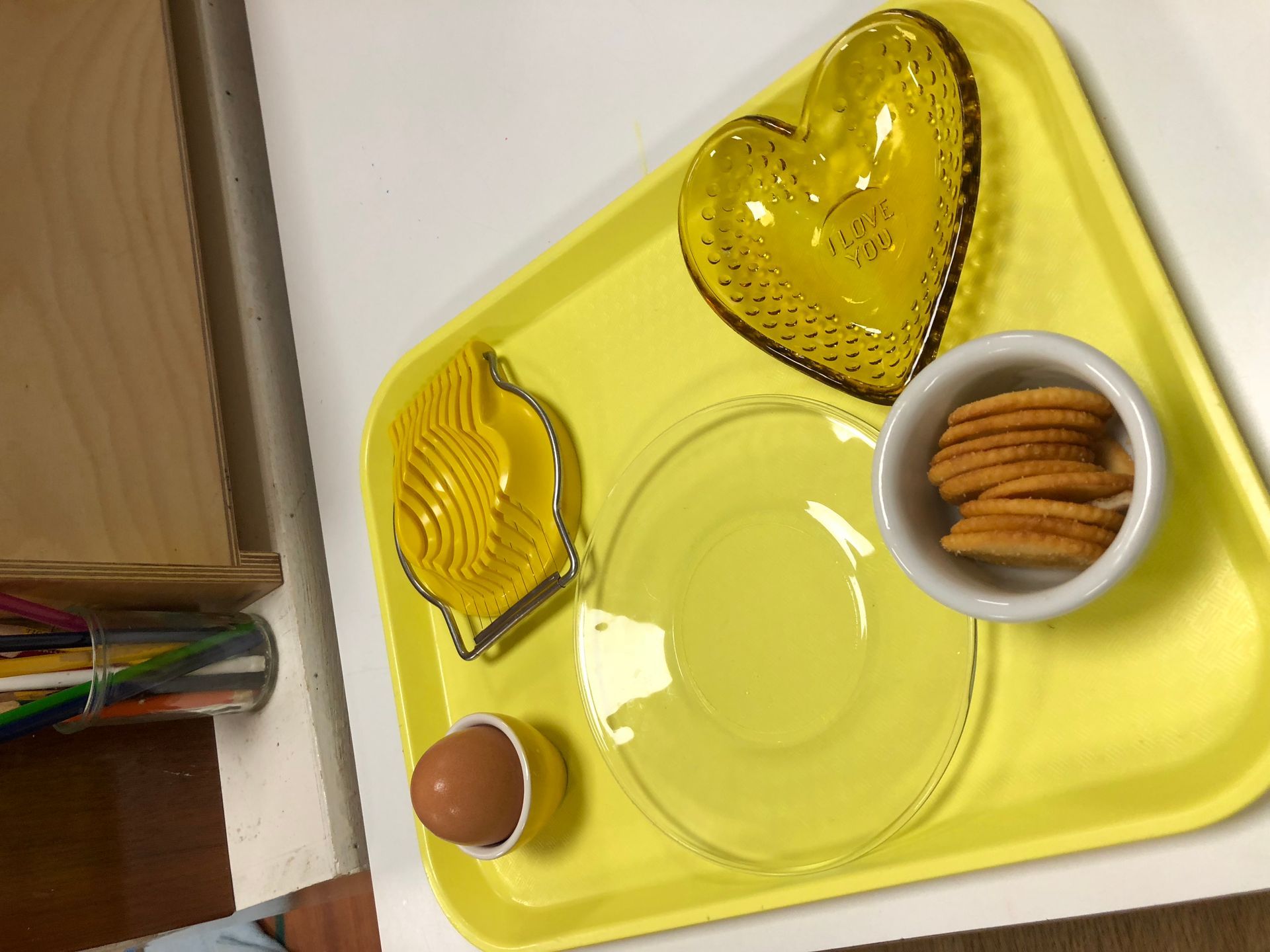Grace and Courtesy in Montessori Classrooms
Manners for Modern Times
When families first hear the phrase grace and courtesy, it may sound a little old-fashioned—something from another era of manners and etiquette. In Montessori, though, grace and courtesy has a very practical and joyful purpose: it’s how children learn to live together in community.
What It Means
At its heart, grace and courtesy is about helping children understand how to be with others. How to ask a question without interrupting. How to listen to a friend. How to walk carefully through a busy classroom. How to say “please” and “thank you” with sincerity. These skills are just as important as learning letters and numbers—because they make our classroom a peaceful place where everyone can do their best work.
Learning by Example
Children are always watching, which is why the adults in our classrooms are intentional about how they model behavior. If we want children to speak gently, we do the same. If we want children to respect another’s concentration, we show them by waiting quietly ourselves. This quiet consistency communicates far more than reminders ever could.
Grace and Courtesy Lessons
In addition to modeling, Montessori guides give lessons to make social behavior clear and approachable. These lessons are often short, sometimes even playful, but they leave a lasting impression. A child might learn:
- How to greet a visitor
- How to wait patiently for a turn to speak
- How to observe a classmate’s work respectfully
- How to resolve a conflict peacefully
- How to hold a door open for someone
These lessons give children language and strategies for moments that otherwise might feel overwhelming or confusing.
Growing with the Child
Grace and courtesy evolves as children grow. A three-year-old may be learning how to walk quietly around a rug. An elementary child may be learning how to navigate a tricky friendship or how to work in a group without taking over. Elementary teachers sometimes add humor—acting out the “wrong” way to do something, much to the delight of the children—before inviting the class to demonstrate the right way.
Why It Matters
The result of all this careful modeling and teaching is a classroom where children feel respected, capable, and part of something bigger than themselves. Grace and courtesy isn’t about creating rigid rules; it’s about building a community where kindness, respect, and cooperation are second nature.
In Montessori, these lessons don’t just stay in the classroom—they travel home, to the playground, and into the wider world. The small, daily acts of grace and courtesy help children grow into adults who can contribute with thoughtfulness and compassion.




